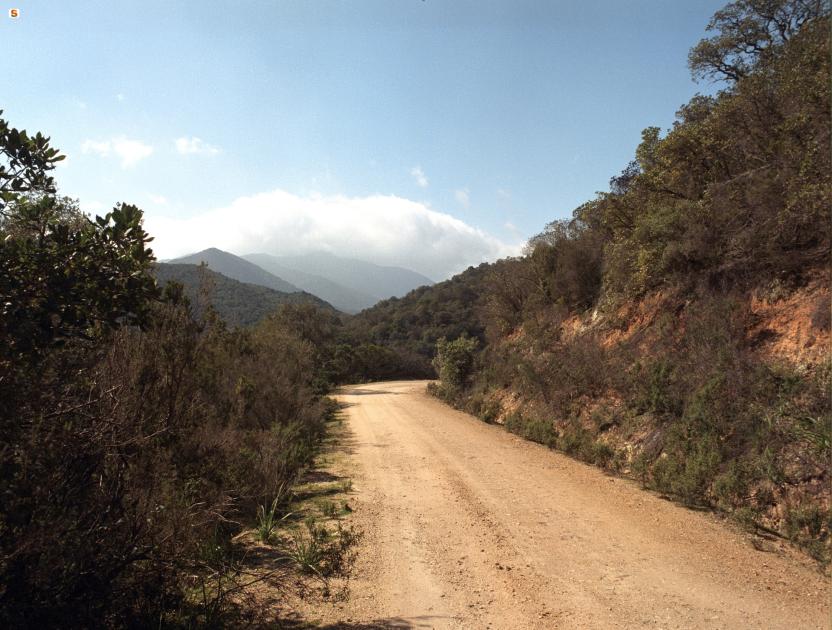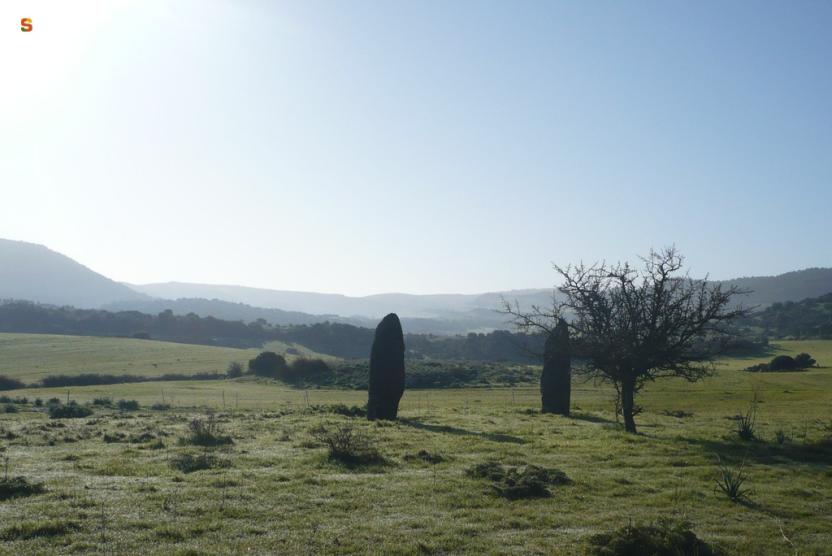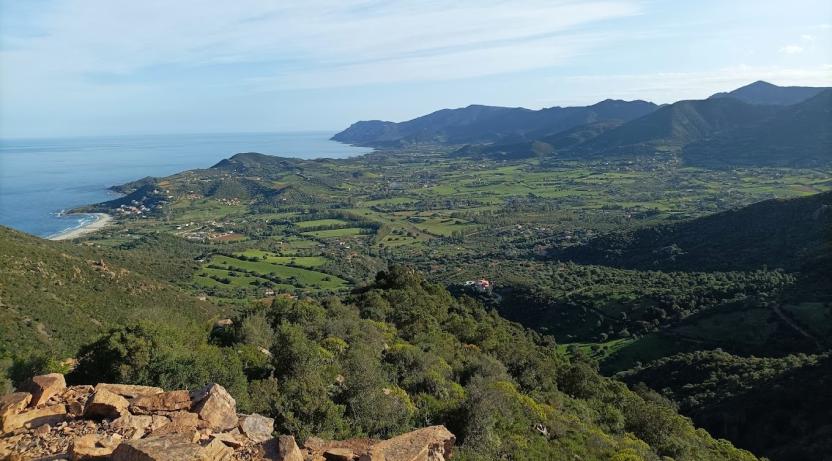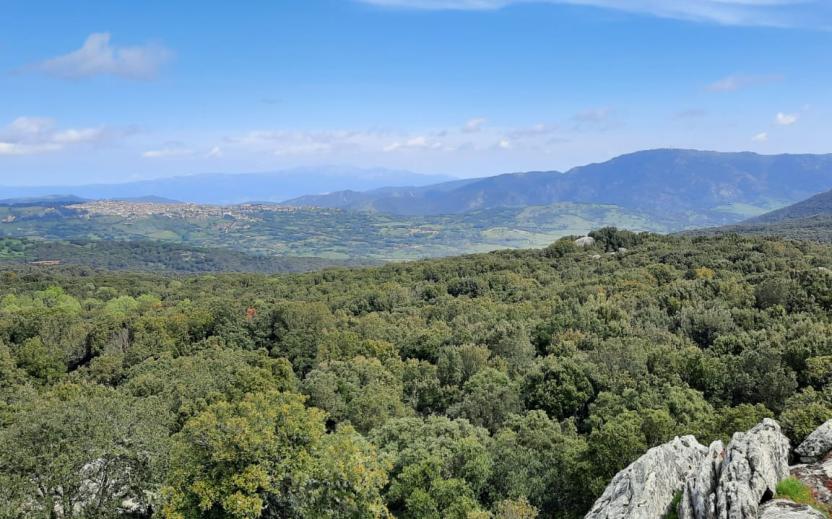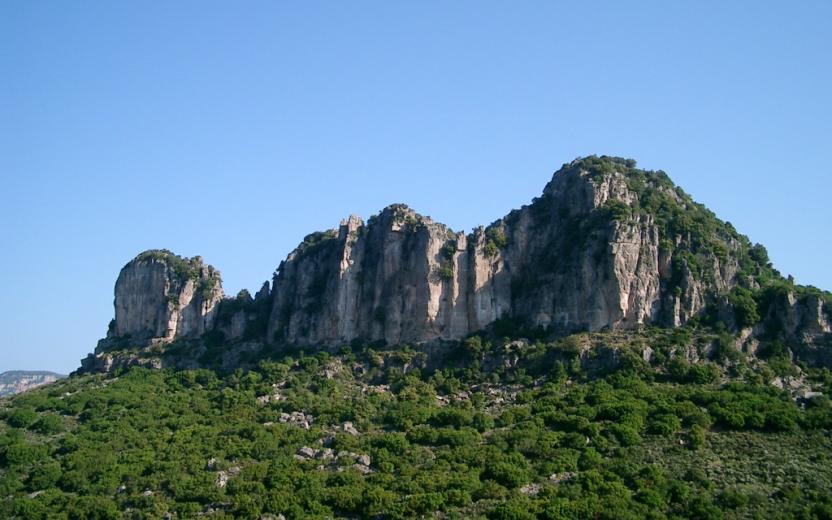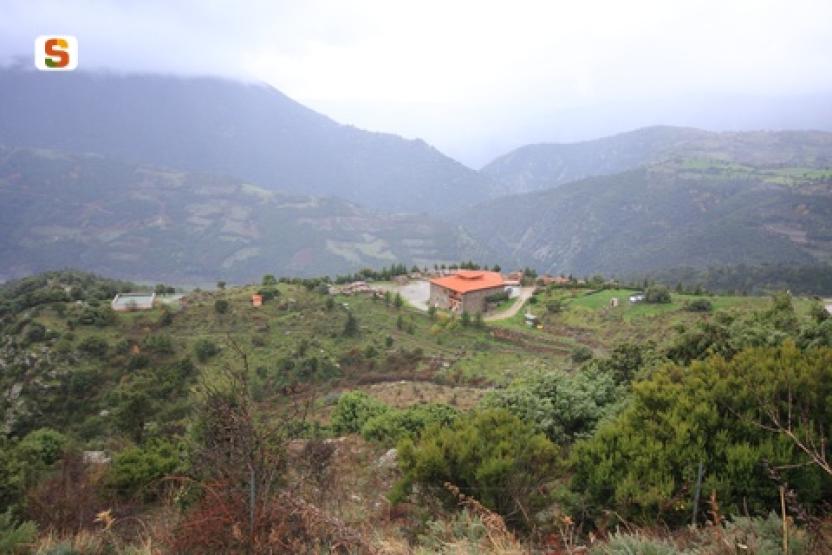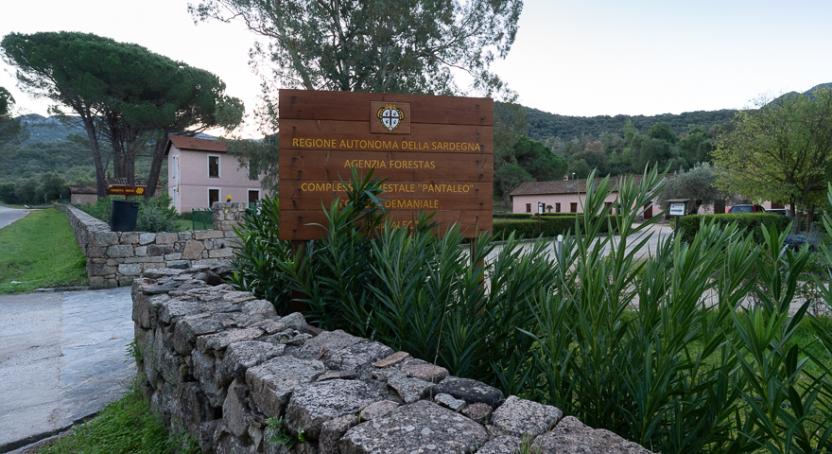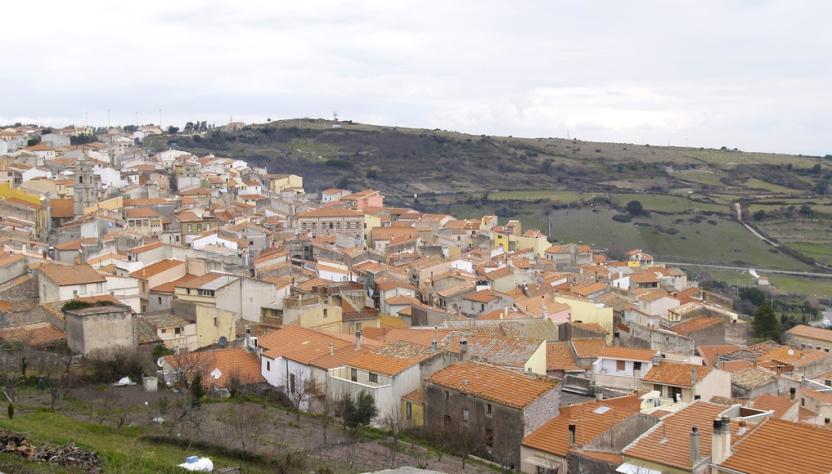Trekking
Trekking is universally defined as walking along paths and routes immersed in Nature. It is not just walking for the sake of it, nor merely reaching a distant goal: the trekker first and foremost discovers the territory by staying in direct contact with the most human dimension of the journey. The beauty of trekking is then to breathe the silence, to test oneself, but above all to rediscover oneself and the pleasure of adventure...


